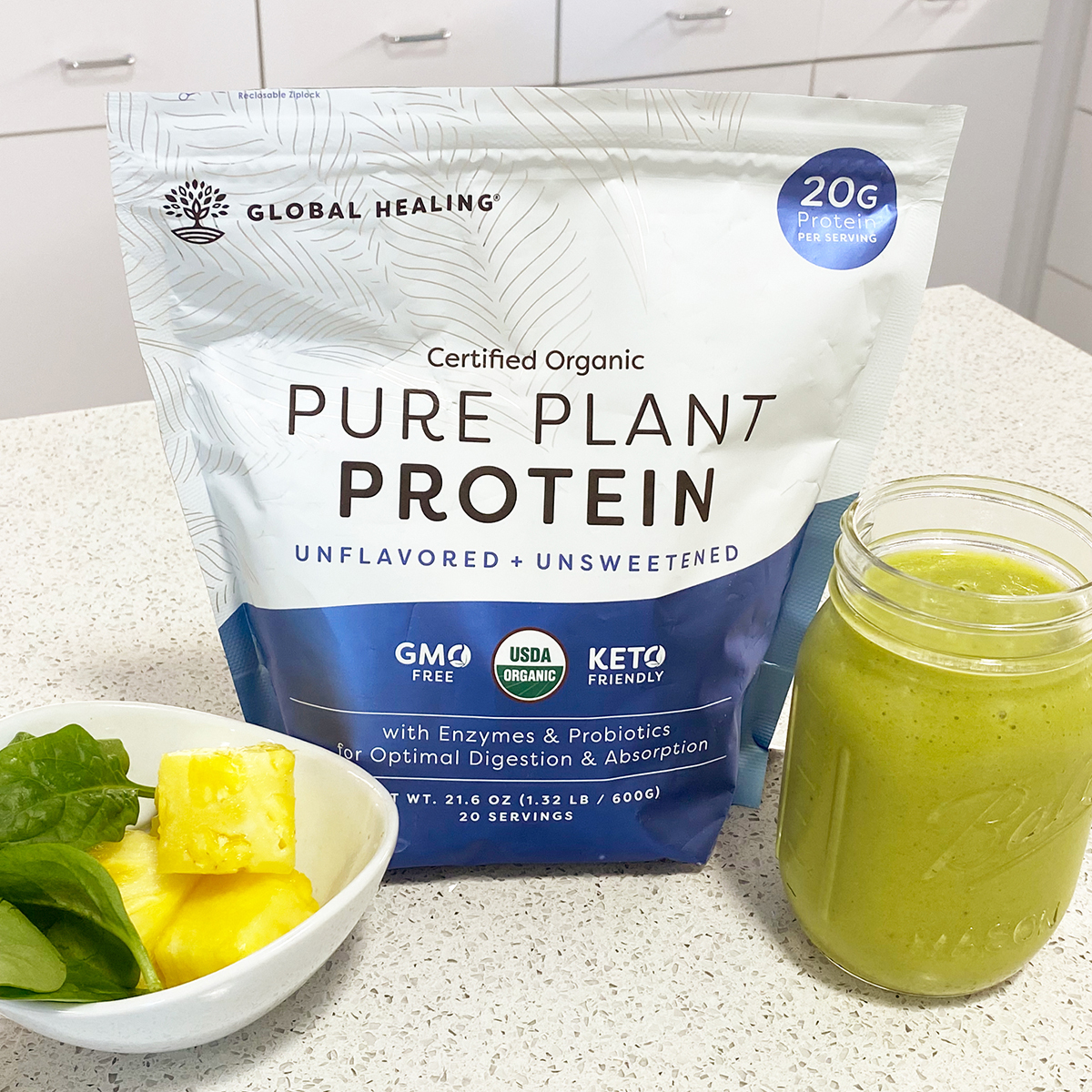
Watch this video to learn how toxins impact your child’s developing brain:
The inescapable conclusion is…
There is no safe level of exposure
Extremely low levels of chemicals have a major impact on your child’s developing brain.
Risk assessments done by the EPA show that babies and young children are about ten times more vulnerable to chemicals than adults. Their neurological, immunological, respiratory, and other biological systems are still developing. Their ability to detoxify all the substances coming into their fragile systems is limited.
Low-level chemical exposures during the susceptible period of development can cause more harm than high doses later in life. Chemical exposure during the critical period of brain development is particularly alarming.
Are Products Tested for Safety?
You might assume that baby and children’s products are tested and would not be on the market if they were unsafe.
The fact is that most chemicals in the furniture, mattresses and products in your home have never been evaluated for safety – not even the most basic safety review. Most have never been tested for toxicity to infants and small children.
Even when science shows that a chemical is toxic and exposure is causing brain or health issues, it can take years before manufacturers are banned from using it in products, if it is banned at all. Typically, when a chemical is finally banned, manufacturers are allowed to replace it with alternatives that are untested and likely just as toxic.
It may take 5-10 years or more between when we suspect harm and when there’s sufficient scientific proof of cause and effect to ban the substance. This timeframe can span your child’s most important brain development years, and by then it might be too late.
We simply cannot rely on our government or manufacturers to keep products safe.
Therefore, it’s up to us, as parents, to make informed decisions about which products we will allow in our children’s environments. And take precautions to prevent exposure as much as possible.
When it comes to babies’ and young children’s fragile brain development, there is no safe level of toxic exposure.
There is Good News!
Although you may find this alarming, my intention is not to spread fear. It is to empower you with knowledge and for you to know there are choices.
As a new parent, you probably receive all kinds of well-meaning advice. The best advice of all is to become informed and then simply do the best you can with the resources you have and what feels right to you.
The good news is that there is a lot you can do to reduce or eliminate some of the major exposures and give your child a safer environment. Fortunately, there are alternatives to many of the toxic products being sold.
At Healthy Child, we’ve been studying the issue of toxicity in baby and children’s products for over 20 years. We’ve made it our mission to find safe, healthy alternatives.
Where do you begin?
Here are the biggest ways that children are exposed to toxins in the home –
- Toxic Mattresses
- Toxic Air
- Toxic Tap Water
Toxic Mattresses
Begin with what your children are sleeping on. Your child’s mattress is likely to be the most prevalent toxic exposure, since it’s up-close, extensive, and long-term.
Babies sleep on a mattress for 10-14 hours or more a day during their most fragile developmental years. During this time, they are lying directly on the mattress, breathing in and absorbing chemical off-gassing.
Learn more about crib mattresses
Children continue to need protection and they grow older and are sleeping in their own “big-kid” beds. Typical twin, full, queen and king-size beds contain unsafe materials, including flame retardants.
Learn more about kids’ mattresses
Toxic Air
The air inside your home can be more toxic than you realize. Indoor air pollution can cause many different symptoms and may create chronic health issues.
Learn about the solutions to Indoor Air Pollution
Toxic Water
Most tap water in homes is not safe to drink. There are many contaminants in water that have been linked to cancer, hormone disruption, nervous system damage, developmental issues, and fertility problems.
Here is a partial list of contaminants in tap water:
- Pesticides, herbicides
- Solvents, detergents, VOCs
- Lead, mercury, aluminum, arsenic, copper, chromium, cadmium
- Viruses, bacteria, cysts and parasites
Learn how to purify the water in your home
The post Low Levels of Chemicals Impact Your Child’s Developing Brain appeared first on Healthy Child.







